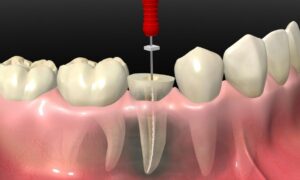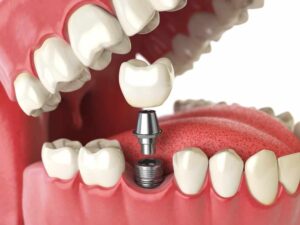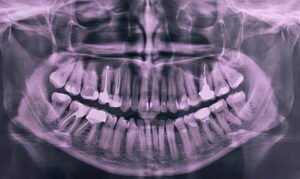While Utah’s juvenile crime levels haven’t changed, a trend study of juvenile offending shows a recent rise in the number of serious offenses in Salt Lake City. And gang participation, another prevalent youth concern in the United States, has expanded rapidly in Utah since the 1980s; nevertheless, only 33% of gang members are minors.
Despite the high number of crimes involving minors, juvenile justice specialists believe there has been no significant rise in youth-related violence in Salt Lake City. And according to research, the duration, timing, and chronicity of traumas increase the risk and course of misbehavior, with youths exposed to trauma at an earlier age being more likely to have poor developmental outcomes. So this article will explain why trauma treatment for youth in Salt Lake City, UT, is important for their health.
What Exactly Is Childhood Trauma?
A traumatic event endangers a child’s life or physical well-being, and this involves terrifying, hazardous, or violent experiences. Meanwhile, some children may not have time to heal after several traumatic experiences because their lives are characterized by trauma. So, childhood trauma examples include:
- Physical violence
- Sexual exploitation
- Emotional abuse
- Neglect
- Poverty
- Racism
- The death of a friend or family member
- Witnessing or being a victim of family violence
How Childhood Trauma Could Have an Impact on You
Each person is affected differently by childhood trauma. There are, however, some common indications and symptoms to look out for in both children and adults.
As such, children in preschool and primary school can have:
- Anxiety caused by separation
- Being agitated and afraid
- Sleeping difficulties and an increase in nightmares
- Sobbing or behaving inappropriately
- Appetite suppression
- Moodiness
- Heightened rage and hostility
Teens can exhibit all of the above symptoms, as well as the following:
- Irritability
- Withdrawal from group interaction
- Academic difficulties
- Self-blaming
- Depression
- Focusing difficulties
- Eating disorders and various forms of self-harm
- An increase in behaviors such as sexual activity and the use of alcohol or drugs
What Treatments Are Available to Assist in the Recovery From Childhood Trauma?
Childhood trauma can have long-term and acute consequences. However, the great news is that therapy can assist you in identifying triggers, developing coping techniques, and reducing symptoms in a positive and secure setting. And the following are some of the most prevalent therapy options for adolescents:
Cognitive Processing Treatment
Cognitive processing treatment includes CPT, and when treating PTSD, it is frequently the primary option, particularly when tackling the long-term repercussions of childhood issues in adulthood. The APA recommends 12-session treatment for PTSD, and this often entails education about PTSD thoughts and emotions, followed by formal trauma processing and skill development to find and fix problematic thinking about traumatic events.
Trauma-Focused Cognitive Behavioral Therapy (TF-CBT)
Trauma-focused cognitive behavioral therapy, like CPT, is a subset of CBT. This evidence-based strategy combines trauma-sensitive treatments with humanistic principles, cognitive-behavioral techniques, and family support, which is dependent on the involvement of trusted guardians in the therapy process. As such, TF-CBT is useful for children and teens who are facing major emotional problems due to a traumatic event, and the number of sessions can be between 12 to 15.
Eye Movements Desensitization and Reprocessing (EMDR)
Another therapy for treating trauma and PTSD is eye movement desensitization and reprocessing. EMDR uses repetitive visual stimuli to re-pattern trauma-related memories, and it contains eight phases, including history, preparation, assessment, therapy, and evaluation. And according to research, EMDR is an experimentally recognized treatment for dealing with unprocessed memories connected to adversity and trauma.
Narrative Exposure Treatment
NET is another approach to TF-CBT for those who have PTSD, especially children. NET is a brief individual intervention that focuses on integrating trauma exposure into an autobiographical framework termed a timeline. And after therapy, the patient retains this timeframe. As such, NET is effective in helping persons who have experienced several traumatic incidents.
Trauma treatment for youth in Salt Lake City, UT, can assist in mitigating the effects of abuse, neglect, major accidents, or life-threatening illnesses. And addressing these difficulties throughout childhood or adolescence might lower the chance of developing mental health conditions such as depression and anxiety, and chronic diseases. However, obtaining therapy as an adult can help you discover trauma and cope with its consequences.




